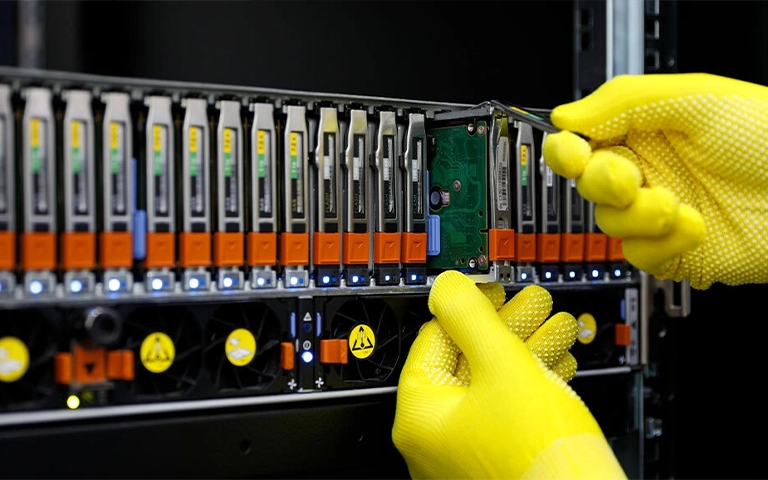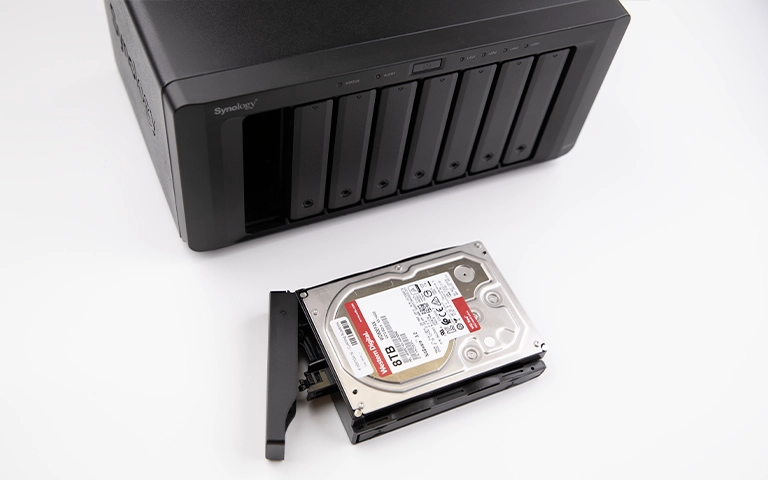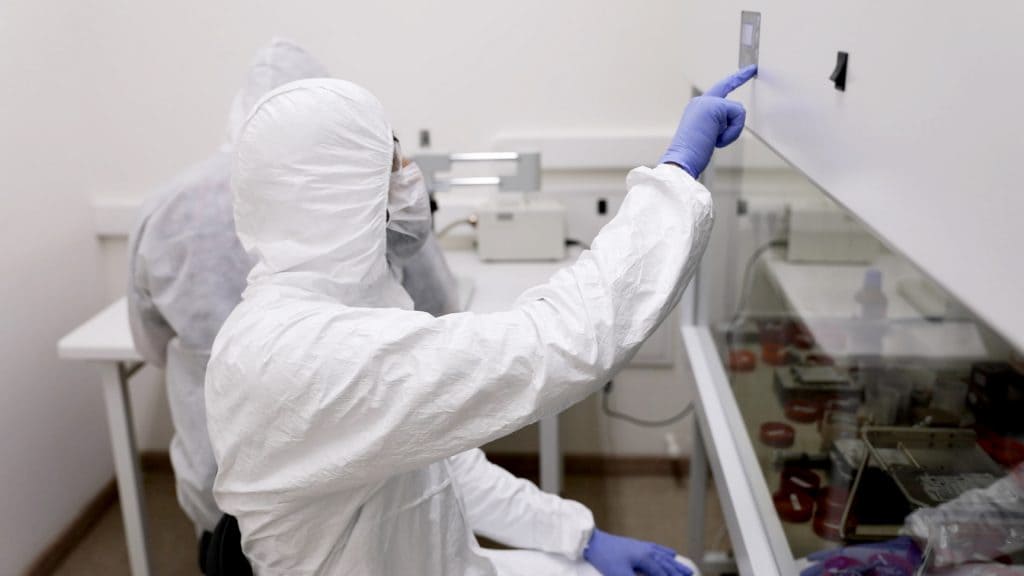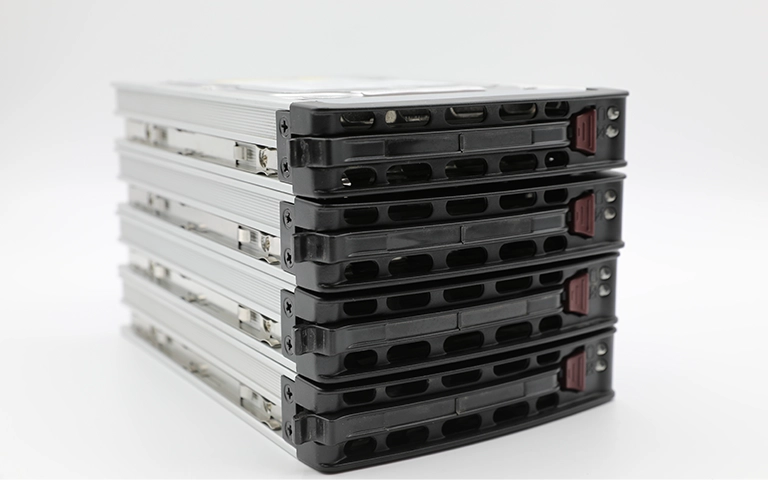When a RAID array fails, many IT professionals feel the pressure to get the system back online quickly. The natural instinct is to replace the failed drive, initiate a rebuild, and restore operations. However, this action often leads to irreversible data loss.
Rebuilding a RAID array before creating forensic images of the drives is one of the most common causes of unrecoverable data loss.
In many cases, attempting a rebuild without preparation is the most dangerous action an IT manager or system specialist can take.

What Does Rebuilding a RAID Array Mean?
Rebuilding a RAID array involves replacing a failed drive and allowing the system to reconstruct the lost data using the parity or mirror information from the remaining operational drives. This process is automatic in most RAID 5, RAID 6, and RAID 10 configurations.
While it seems like a reliable safety mechanism, in practice it can cause permanent data damage if executed without proper precautions. Rebuilding without first imaging the drives can destroy your only chance of recovery.
Why Rebuilding Is Like Gambling With Your Data
Most Rebuilds Start Without Drive Imaging
When a drive fails, it is often due to wear and tear. This means the remaining drives, which have operated under the same conditions and age, are also likely to fail soon.
Rebuilding without imaging puts heavy read and write pressure on these already fragile drives. If another drive fails during the rebuild, the entire array becomes unrecoverable.
Trust the experts with proven results
A Second Drive Failure During Rebuild Can Be Catastrophic
RAID 5 allows for only one failed drive. During a rebuild, the system performs intensive calculations and reads large volumes of data from the remaining disks. If a second drive begins to fail or produces read errors, the entire array structure collapses.
At this point, there is no usable parity and no path to recovery.
Rebuilds Can Corrupt Valid Data
If drives are installed in the wrong order, if the RAID configuration is not identified correctly, or if the controller has faulty metadata, the rebuild may proceed with incorrect assumptions.
This leads to corrupted data being written over valid structures, making later data recovery impossible.
Most IT Teams Do Not Test Drive Health Before Rebuilds
It is common to assume that the remaining drives in the array are healthy just because they haven’t failed yet. This is a risky assumption.
Drives may have pending sector reallocation, slow response times, or silent hardware errors that only reveal themselves under stress. A rebuild process generates maximum stress on each disk and often causes the next failure to happen during that operation.
Logical and Controller-Level Failures Are Misdiagnosed
Not all RAID problems are caused by physical drive failure. Some are the result of corrupted metadata, failed controllers, or deleted logical volumes.
Rebuilding in these scenarios overwrites key sectors, alters array structure, and destroys what may have been fully recoverable data.

Imaging Should Always Come Before Rebuilding
In professional data recovery, the most important rule is to image all drives before attempting any rebuild or repair.
Disk imaging preserves the original condition of the drives, including bad sectors, parity structure, and file system metadata. With these images, engineers can:
Reconstruct the RAID virtually
Diagnose exact failure points
Recover and extract data safely
If something goes wrong during the rebuild process, having images ensures the data is still intact. Without them, there is no fallback.
Fast turnaround times for business-critical data
Why Professionals Still Get It Wrong
Even experienced IT managers fall into the rebuild trap for several reasons:
They have successfully rebuilt arrays in the past
They are under pressure to restore operations quickly
They are unaware that rebuild conditions are rarely ideal in the real world
The reality is that rebuilds are only safe under controlled conditions. In most cases, the drives are aging, the system has been stressed, and the environment is far from optimal.

What to Do Instead of Rebuilding
If your RAID array has failed:
Immediately stop all activity. Do not attempt to rebuild or reinitialize the array.
Label and document the order of each drive.
Create forensic images of every drive using write-blocking hardware.
Contact a professional data recovery service.
Professional labs can simulate the RAID structure in a safe virtual environment, reconstruct the file system, and recover the data without risking further loss.
Real Case: A Failed RAID 5 Rebuild Destroyed Everything
A client contacted us after a drive failed in their RAID 5 array. Instead of imaging the drives, they replaced the failed one and started a rebuild. Halfway through, one of the older drives developed read errors.
The rebuild failed, and the parity became invalid. The array collapsed, and previously recoverable data was lost permanently. If the drives had been imaged first, we could have virtually rebuilt the array and recovered the data with no corruption.
Learn more about best practices and our full capabilities on our RAID 5 recovery service page.

Don’t Risk Your Data With a Rebuild
RAID Recovery Services helps clients avoid permanent data loss by handling failures the right way. Our lab specializes in:
Imaging failed or degraded drives
Virtual RAID reconstruction
Recovery from RAID 0, 1, 5, 6, 10, and custom configurations
Restoring data from physically or logically damaged systems
For real-world examples, see our Synology NAS recovery (physical failure) and LaCie d2 Quadra recovery (logical failure).
If your RAID array has failed, do not rebuild it without imaging. Reach out to us first to preserve your data and avoid irreversible mistakes.
Frequently Asked Questions
Can I rebuild a RAID array safely on my own?
Only if all drives are imaged first. Without imaging, you risk complete data loss.
Why is RAID 5 rebuild especially risky?
RAID 5 only tolerates one failed drive. If another fails during the rebuild, there is no redundancy left to restore the data.
What should I do when a RAID drive fails?
Shut down the system, label the drives, and seek help from a professional recovery service. Do not attempt to rebuild until drives are imaged.
How can I tell if a rebuild is failing?
Watch for slow progress, unusual noises from drives, failed parity checks, or unexpected volume sizes. These are red flags.
Can data be recovered after a failed rebuild?
Sometimes, but if the rebuild has overwritten valid data or the drives were not imaged first, recovery chances are low